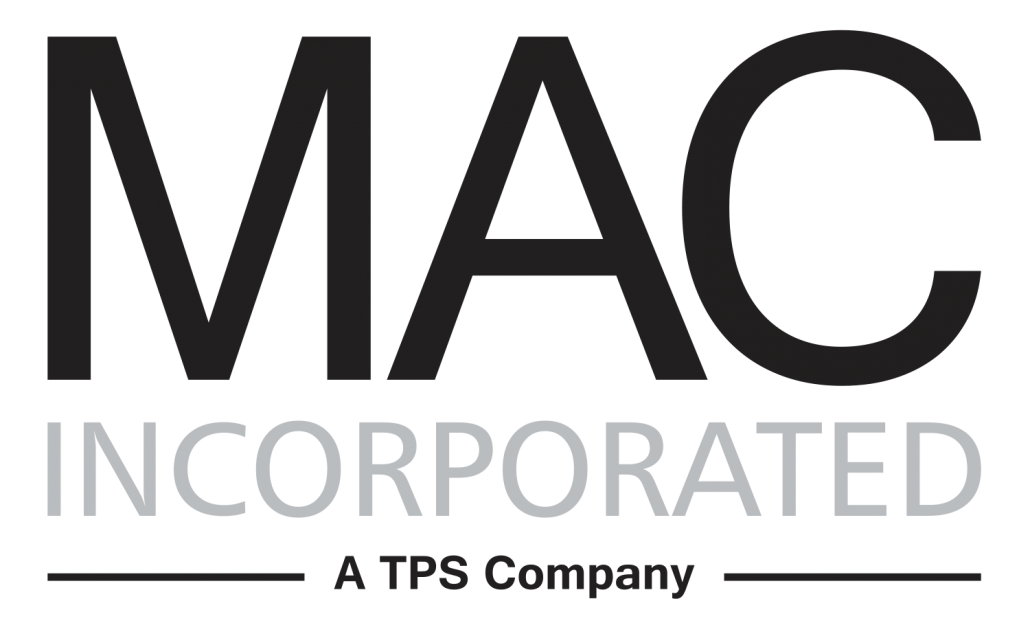Manufacturing Jobs: Trends to Watch in 2021
How to Spin a Negative 2020 into a Positive 2021
Manufacturing jobs and the industry itself were deeply impacted by the coronavirus pandemic in 2020. While manufacturing accounted for nearly 16% of the global GDP in 2018, the United States GDP suffered a 32% decrease between March and May 2020. Manufacturing was forced to respond, and fast.
Manufacturing companies have innovated rapidly. They have developed positively to emerge safely and strongly, boding well through the pandemic and beyond.
Here are the leading developing trends in manufacturing jobs today, for hiring companies to leverage and thrive against competition.
Employee Safety
The safety of manufacturing employees extends way beyond the standard safety precautions that have been in place and evolved over decades. Manufacturers must ensure that the safety of their employers and their workplace is constantly at the top of the agenda, with some businesses promoting and maintaining effectiveness by maintaining:
- Social distancing/adequate staffing levels
- Effective sanitization (of people and equipment)
- Traceability of persons present on site
- Extensive track and trace throughout the manufacturing process
While this is a costly investment (in both time and financially), it’s imperative that staff are protected to keep your business operating successfully.
A Connected Workforce
With vast changes made within companies, your manufacturing workforce must remain connected to be able to collaborate and maintain in-house knowledge and team spirit.
The pandemic has shone a spotlight on virtual connectivity, yet some manufacturing jobs are still being left untrained in how to use these technological tools effectively. For those in your manufacturing jobs to thrive, be sure to train your people to develop confidence and knowledge in utilizing these connections, and you’ll see productivity, engagement, and results rocket.
IoT
The Internet of Things enables your access to real-time data – the crucial information your business needs now more than ever. Enabling remote monitoring and predictive maintenance capabilities, IoT is unlocking your potential to develop crucial business forecasts and effective automation.
Don’t fall behind the 31% of manufacturing production processes already using artificial intelligence and smart devices.
Local Sourcing
Pre-coronavirus, it was standard for manufacturers to operate with supplies sourced globally. This proved very insecure throughout the pandemic, posing a high risk to materials and supplies being imported into the warehouse.
The trend for 2021 is the utilizing of smaller-scaled yet robust ecosystems of factories and suppliers local to the manufacturer. This avoids catastrophic disruption from restricted or, perhaps, blocked sourcing from overseas. Manufacturers have been bitten once, and are now prepared by eliminating dependencies that are out of reach and control.
Additionally, and equally importantly to the United States economy, sourcing locally in raw domestic materials supports local businesses, and satisfies the consumers’ belief in authenticity, reduced carbon footprints, and support for the American economy.
Predictive Maintenance
Predictive maintenance is not easy for manufacturing jobs, but is proving hugely successful in:
- Preventing issues and failures
- Reducing maintenance costs
- Improving efficiency in receiving parts
But such information collated from predictive maintenance is only effective if your warehouse holds skilled people who understand the equipment, are knowledgeable on historical issues, and act at the right time – act too soon, and the prediction will be less accurate; act too late, and failures will occur.
Agile Methods
The manufacturing industry, like so many others, was forced to act quickly to survive every curveball of 2020. Management had to remotely respond to monumental changes in the supply chain, as well as entire workplace closures, and organizing a safe yet very different return to work environments.
While having to act quickly from one problem to another is never an ideal situation for any manufacturer, 2020 taught the manufacturing industry how to do so.
More importantly, manufacturers have learned how to anticipate disturbances and changes in customer needs, optimizing their adaptability to transition the business and employees smoothly. The truth is that the manufacturing job market remains uncertain. Agility is a crucial working method and skill that manufacturing companies must adopt to survive and thrive through 2021 and beyond.
Summing Up
The pandemic has led to a violent shift in how manufacturers operate, but, in many ways, has served to accelerate evolution that had already begun.
Despite the future remaining uncertain (across America and many industries) until vaccinations take effect, manufacturing jobs have responded well, and adapted to a very new and somewhat improved way of working towards an exciting 2021 and future beyond.
For support in finding the most skilled, adaptable, and innovative candidates to fill your manufacturing jobs, contact Mac Incorporated today.

